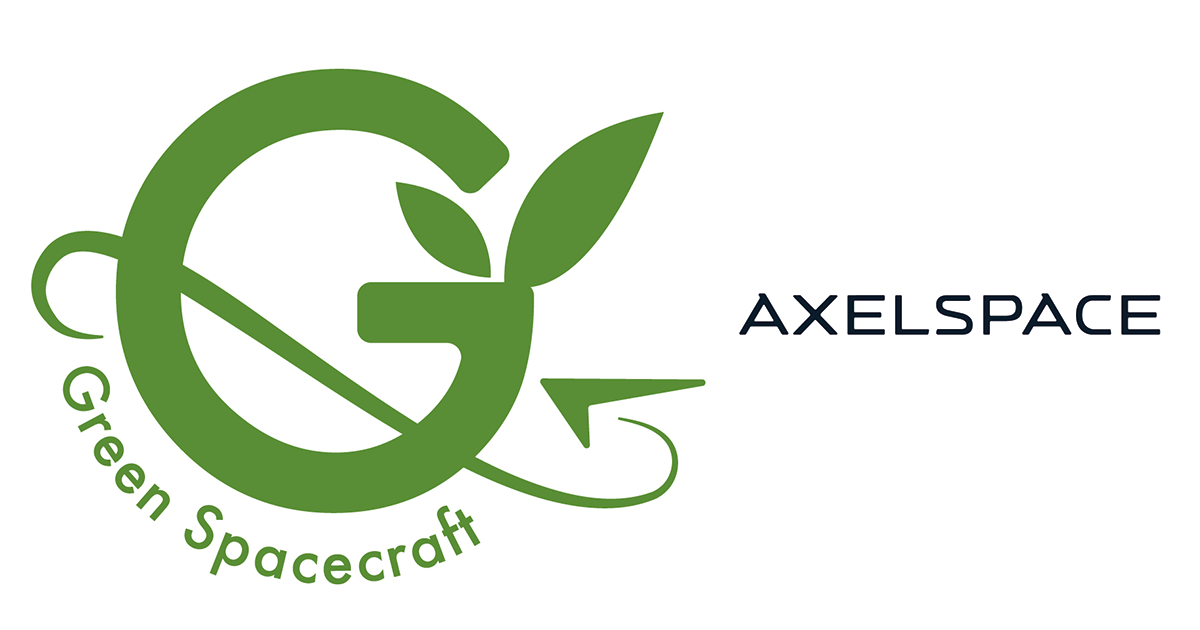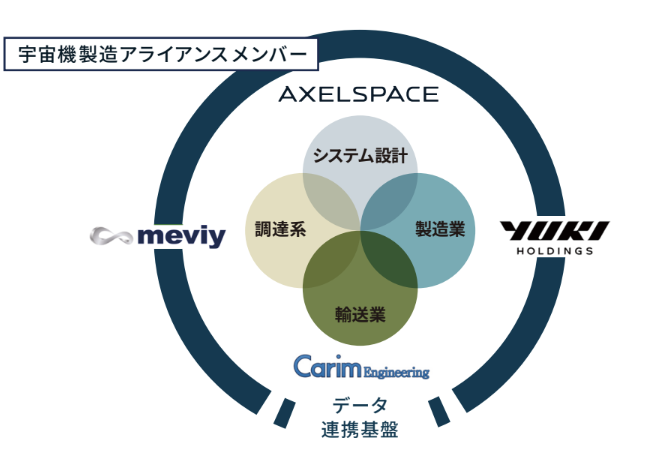Axelspace Corporation (Head Office: Chuo-ku, Tokyo; President: Yuya Nakamura), a microsatellite pioneer, has established the “Green Spacecraft Standard 1.0,” intending to balance space business and sustainability. These guidelines embody the “Green Spacecraft” concept announced along with the “AxelLiner” business, a one-stop service for microsatellites, in April 2022.
We will comply with the guideline during the life cycle of satellites and actively promote it so that sustainable space business will become an industry standard.
What is the Green Spacecraft Standard 1.0?

The guideline for sustainability throughout the entire life cycle of satellites (from planning and design to manufacturing, operation, and disposal of the satellite system) was settled by Axelspace, which has been promoting the space business since the 2000s.
We will apply these guidelines to future AxelLiner business together with spacecraft manufacturing alliance companies*1.
<Green Spacecraft Standard 1.0>
1.Introduction
1.1 Acronyms
2.For Sustainable Earth
2.1 Green Procurement
2.2 Green Manufacturing & Testing
2.3 Green Transportation
3.For Sustainable Space
3.1 Prevention of Debris Release
3.2 Post Mission Disposal (PMD)
3.3 Orbital Collision Avoidance (COLA: COLlision Avoidance) With Debris and Other Satellites
3.4 Collaboration With SSA Agencies and Other Satellite Operators
3.5 Orbital Object Detection, Identification, and Tracking
3.6 Third Party Review
* Full text is available on our corporate website.
※1 Spacecraft Manufacturing Alliance

In order to quickly respond to diverse satellite manufacturing requirements in the AxelLiner business, Axelspace has established a spacecraft manufacturing alliance with MISUMI Group Inc, YUKI Holdings Inc., and Carim Engineering Corporation.
Contributing to the establishment of practical industry standards by quickly setting high standards
We set a higher standard than the guidelines provided by national governments and international organizations. It is also compliant with the Federal Communications Commission’s (FCC) new rules to dispose of used satellites within five years of the end of their operation, as well as the SSR (Space Sustainability Rating), a sustainability rating system for space operators that has been proposed mainly in Europe. In collaboration with Professor Yasuyuki Miyazaki of the Department of Aerospace Engineering at Nihon University, we will actively formulate and promote international guidelines, including popularizing SSR in the Asia-Pacific region.
Includes debris prevention measures and global environmental considerations during manufacturing in addition to collision avoidance
Currently, there is a large amount of debris in space, and due to the possibility of collisions with spacecraft and the threat to the safety of the orbital environment, immediate action is called for. International coordination is already underway in space observation for collision avoidance and the development of satellite debris prevention and debris removal technologies, and the United Nations has also adopted guidelines for space activities.
We announced “AxelLiner,” a one-stop service for microsatellites, in the spring of 2022. As a facilitator of space missions with satellites, we have come to develop the “Green Spacecraft Standard 1.0” to reduce the environmental impact of spacecraft manufacturing as much as possible, in addition to not increasing space debris. The guideline goes beyond the installation of anti-debris devices, which has always been a focus of space sustainability, incorporating a wide range of criteria to minimize the environmental impact of satellite projects throughout their life cycle, from the satellite design phase to the end of the mission in space, both on Earth and in space. This is because we have been designing, manufacturing, launching, and operating microsatellites for about 15 years, and we believe that we need to provide a wide range of services that consider the entire project life cycle to continue to serve our customers in the future.
However, more than establishing guidelines alone is needed to achieve a sustainable satellite business. We are establishing design and manufacturing methods to meet each of the standards, one of which is the “D-SAIL” deorbit mechanism that allows the satellite to quickly leave its orbit and re-enter the atmosphere after the mission is over.

D-SAIL has been selected as the demonstration theme for the Innovative Satellite Technology Demonstration-4, which is scheduled for launch by the Japan Aerospace Exploration Agency (JAXA) as a second attempt at the demonstration theme for the Innovative Satellite Technology Demonstration-3, which failed in orbit injection in October 2022. We plan to make the most of the opportunity of this in-orbit demonstration to verify the developed system for full-scale installation on our satellites in the future. We also plan to update this guideline through technological advances and dialogue within the space business industry. As an environmentally advanced company, we will continue to lead the industry in sustainability efforts while conducting our business activities in a way that is considerate to the environment of the earth and space.
Axelspace company information
Location: Tokyo, Japan
President and CEO: Yuya Nakamura
Capital: 8,050 million yen (including capital reserve)
Main business activities: Earth observation business using microsatellites, the proposal of solutions utilizing microsatellites, design and manufacture of microsatellites and related components, launch arrangements for microsatellites, and operational support and commissioning.
https://www.axelspace.com/
Contact Information for Media
Axelspace Holdings
PR Unit, Communication Promotion Division
pr@axelspace.com